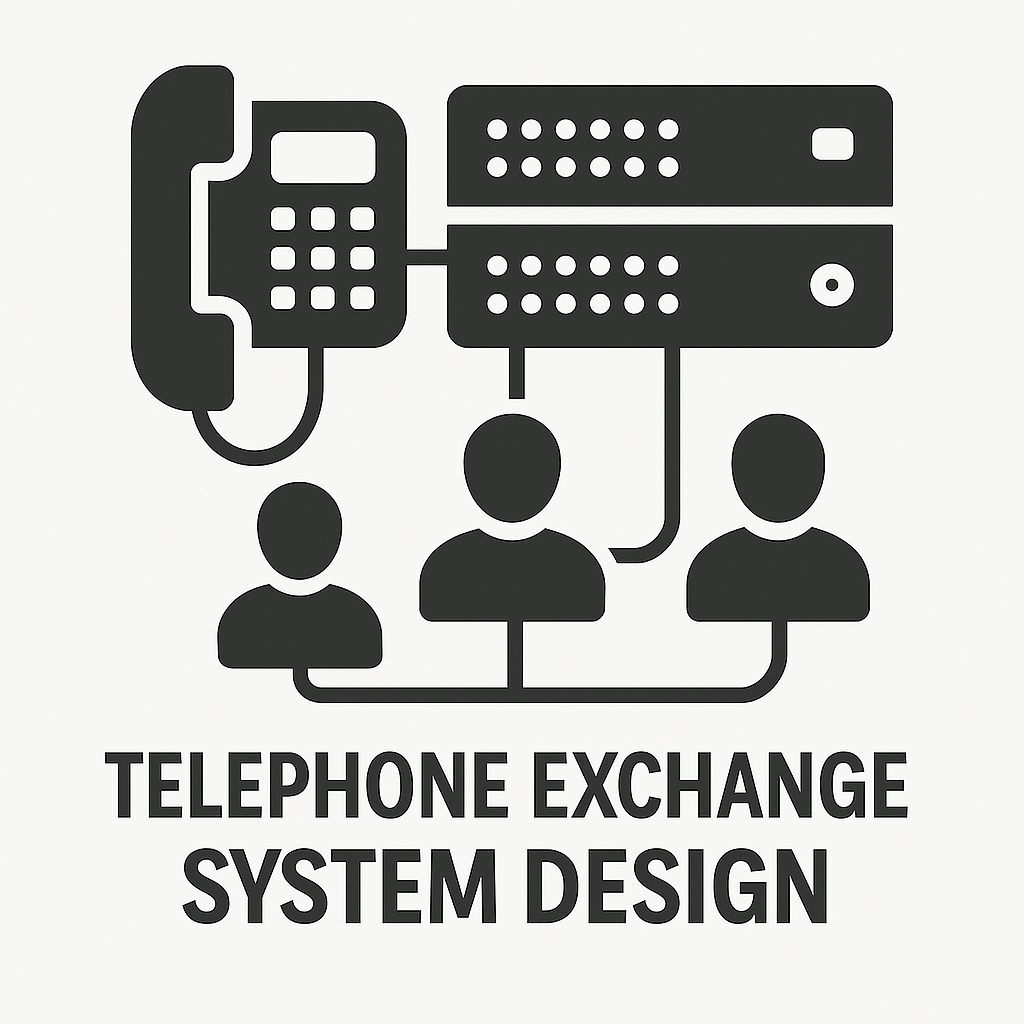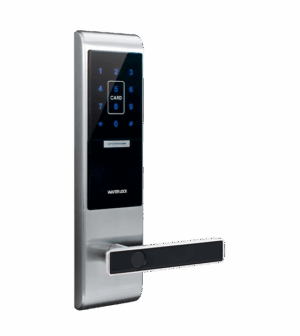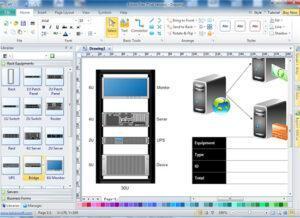FGT think your best choice in the future
System Integration Designers in FGT
Buildings | Telephone switch system design
Buildings | Telephone switch system designFunction Introduction | Phone System:Building telephone system design refers to the process of planning, designing, and installing telephone and communication systems in a building. This includes telephone switches, cables, sockets, wiring, etc. to ensure smooth telephone communication within the building. FGT First General Technology ECC Smart Building Design Team assists with NCC review and filing, and professionally collaborates with architectural firms and electrical engineering firms for joint design.
Buildings | Telephone switch system design
Function Introduction | Telephone Switch System
Building telephone system design is the process of planning, designing, and installing telephone and communication systems in a building. This includes telephone switches, cables, sockets, wiring, etc. to ensure smooth and unimpeded telephone communication within the building.
Some key points in designing building telephone systems
- Planning floor plan configuration and elevation map design
- Construction piping, wiring and equipment installation
- Analog or digital telephone switch design
- Relevant regulations and standards:
Planning floor plan configuration and elevation map design
Demand Analysis:
According to the building plan provided by the architect
Understand the type, size, purpose of use of the building and the users' needs for telephone communications to determine the size and function of the system.
System Architecture:
Choose a suitable private branch exchange (PBX), voice over Internet protocol (VoIP) system, or a hybrid system, and plan the wiring solution.
Space Configuration:
Determine the location and size of telephone rooms, telecommunications rooms, cable ducts, and other spaces.
Equipment selection:
Select standard telephones, switches, routers, cables and other equipment to ensure the stability and reliability of the system.
Construction piping and wiring design and equipment installation design
Cable routing:
According to the design plan, lay out the telephone lines and network lines, ensure the cables are connected reliably, and mark them properly.
Equipment Installation:
Install telephone switches, routers, telephones and other equipment, and perform necessary debugging and testing.
Testing and Acceptance:
Test the entire telephone system to ensure that it functions properly, meets design requirements, and passes acceptance.
Analog or digital telephone switch design
PBX technical architecture and functions
| Technical aspects | illustrate |
|---|---|
| Analog PBX | Use electromagnetic relays and pulse dialing to process Tip/Ring twisted pair voice signals |
| Digital PBX | Uses programmable logic and TDM (time division multiplexing) technology to improve call quality and functionality |
| IP PBX | Using VoIP technology to exchange voice packets through TCP/IP network |
| Hosted PBX / Cloud PBX | Cloud hosting system, no physical equipment required, supports remote extension and mobile communication |
Technology evolution and application scenarios
- Traditional enterprise switchboard: Free internal lines and centralized management of external lines, saving call costs
- Smart building integration: Combined with weak current systems such as access control, monitoring, and broadcasting
- Remote Office and Mobile Extension: Answer company calls via App or softphone
- Cloud PBX: Support multiple locations, flexible expansion, maintenance-free hardware
Design of FGT Telephone Exchange
Recommended brand
IPPBX Types
- TECOM: Provides a hybrid IPPBX and PBX shared system.
- Avaya: Provides a wide range of PBX solutions and has a certain customer base in the market.
- Cisco: Provides products such as IP PBX and has a certain market share.
- NEC: Provides a variety of PBX solutions, including traditional and IP PBX.
- Panasonic: Provides PBX systems and has a certain reputation in the market.
PBX Types
- TECOM: A Taiwanese telephone communications equipment supplier that offers a variety of PBX solutions.
- Panasonic (international brand): With its advantages in electronic products, it also has a certain market share in the PBX market.
Relevant regulations and standards:
- Building Regulations:
The design of a building's telephone system needs to comply with local building regulations and fire safety regulations. - Telecommunications Regulations:
The design of building telephone systems needs to comply with telecommunications regulations and related standards to ensure system compliance. - Pro Tips:
It is recommended to seek assistance from a professional FGT engineering company or ECC consulting company to plan, design and construct the telephone system to ensure the quality and reliability of the system.
During the design and construction process, the particularities of the building should be fully considered, such as sound insulation, anti-interference and other factors.
Choose a supplier with good after-sales service so that you can get timely support and maintenance when problems occur in the system.
In short, the design of a building telephone system is a complex process involving many factors and requires professional knowledge and experience. Through reasonable planning, design and construction, it can be ensured that the telephone communication system in the building can meet the needs of users and provide reliable and stable services.
Telecommunications system design related technologies
telephone switching systems|building a private telephone|guide to building a private|easy guide to building
design switch that revolutionized telephone
FGT First General Technology ECC Smart Building Design Team assists NCC in reviewing and filing, and professionally cooperates with architectural firms and electrical firms to jointly design
FGT Telecom Design Works
Statistics over the years
Collective housing: 419,000 m2
Tower house: 223,000 m2
Commercial and office building: 362,000 m2
Factory: 1.438 million m2





